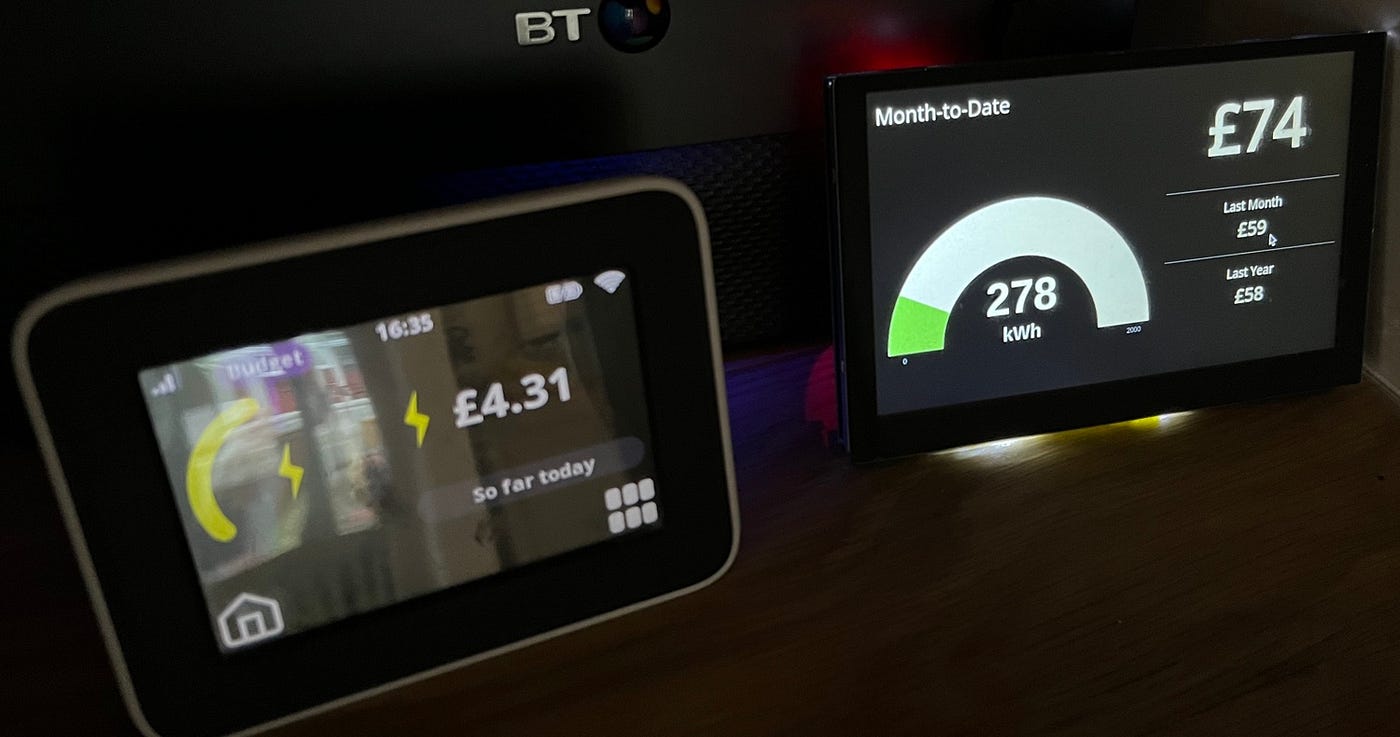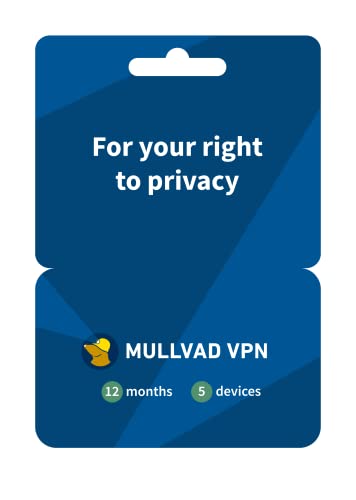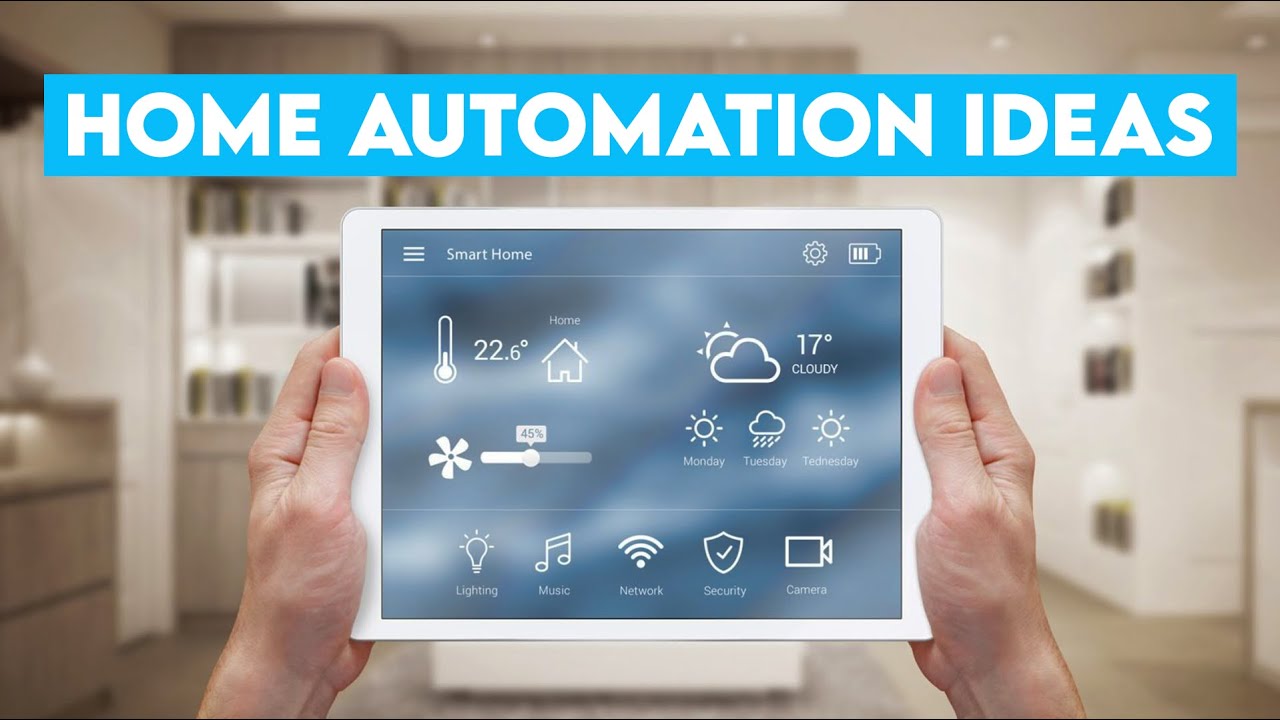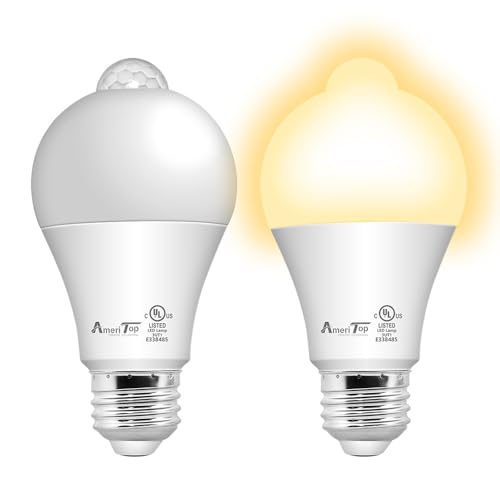Keeping your home safe is a top priority for you and your loved ones. But with so many home monitoring options available, it can feel overwhelming to choose the right one.
What if you could find a system that fits your lifestyle, budget, and gives you peace of mind? You’ll discover simple and effective ways to keep an eye on your home—whether you’re there or away. Ready to make your home smarter and safer? Home Monitoring Options
Let’s explore the best monitoring choices for you.
Smart Security Cameras
Smart security cameras help keep your home safe by showing live video. You can watch from your phone anytime.
These cameras use smart technology to send alerts and record video when they detect motion or sound.
Indoor Vs Outdoor Cameras
Indoor cameras are made to watch inside your home. They are smaller and not built for bad weather.
Outdoor cameras have strong cases to protect them from rain and dust. They work in all weather.
- Indoor cameras have two-way audio to talk and listen
- Outdoor cameras often have night vision with longer range
- Outdoor cameras may have floodlights or sirens
- Indoor cameras focus on clear video and easy setup
Features To Look For
Choose cameras with high video quality. Look for at least 1080p resolution for clear images.
Motion detection is important. It alerts you only when something moves in view.
- Two-way audio to speak and hear
- Night vision to see in the dark
- Wide viewing angle to cover more area
- Cloud or local storage options for videos
- App control for easy access on your phone
- Smart home integration with Alexa or Google Assistant
Top Brands And Models
Many brands offer smart security cameras with good features. Choose one that fits your needs and budget. Home Monitoring Options
- Arlo Pro series – known for good video and weather resistance
- Ring cameras – offer easy installation and app alerts
- Google Nest Cam – smart integration with Google Assistant
- Wyze Cam – affordable and good for indoor use
- Eufy Security – no monthly fees for video storage
Alarm Systems
Alarm systems help keep your home safe. They warn you about break-ins and other dangers.
There are different types of alarm systems to choose from. Each has its own features and benefits.
Wired Vs Wireless Systems
Wired systems use cables to connect sensors and alarms. They are very reliable but need professional setup.
Wireless systems use radio signals. They are easier to install and can be moved if needed.
- Wired systems offer steady connections
- Wireless systems provide easy installation
- Wired systems may require wall drilling
- Wireless systems depend on battery power
Integration With Smart Devices
Many alarm systems work with smart devices like phones and voice assistants. This lets you control your system remotely.
You can receive alerts on your phone and check cameras anytime. This adds convenience and more control over your home security.
- Remote control via smartphone apps
- Voice commands through smart speakers
- Live video streaming from security cameras
- Automated alerts for unusual activity
Professional Monitoring Services
Professional monitoring means experts watch your alarm system 24/7. They can call for help if there is an emergency.
This service adds extra safety. It helps if you cannot check your system all the time. Home Monitoring Options
- Constant monitoring by trained staff
- Quick response to alarms
- Some plans include fire and medical alerts
- Monthly or yearly subscription fees
Motion Detectors And Sensors
Motion detectors and sensors are key tools for home monitoring. They help detect movement inside and outside your home.
These devices alert you to possible intruders or unusual activity. They add an extra layer of security to your house. Home Monitoring Options
Types Of Motion Sensors
There are several types of motion sensors used for home security. Each type works in a different way to detect movement.
- Passive Infrared (PIR) Sensors:Detect body heat from moving people or animals.
- Ultrasonic Sensors:Use sound waves to sense motion by measuring changes in the echo.
- Microwave Sensors:Send microwave signals and detect movement through changes in the waves.
- Dual-Technology Sensors:Combine two types, like PIR and microwave, to reduce false alarms.
Placement Tips
Proper placement of motion sensors improves their effectiveness. Choose spots where they can cover main entry points.
Avoid placing sensors near heating vents, windows with direct sunlight, or moving branches to reduce errors. Home Monitoring Options
- Install near doors, windows, and hallways
- Mount sensors 6 to 8 feet high for best coverage
- Keep sensors away from pets or set pet-friendly zones
- Use corners to cover a wide area
False Alarm Reduction
False alarms can be annoying and reduce trust in your system. Use these tips to lower false alerts.
- Choose sensors with pet immunity if you have pets
- Adjust sensor sensitivity to avoid small movements
- Regularly clean sensors to prevent dust or spider webs
- Test sensors after installation to check for false triggers

Credit: cpisecurity.com
Video Doorbells
Video doorbells help you see who is at your door from anywhere. They use a camera and connect to your phone. Home Monitoring Options
These devices add security and let you answer visitors without opening the door.
Benefits Of Video Doorbells
Video doorbells improve home safety by showing visitors clearly. They also record activity at your door.
You can talk to visitors through the doorbell without going outside. This helps avoid unwanted contact.
- See visitors live on your smartphone
- Record video for later review
- Talk to people without opening the door
- Get alerts when someone is at the door
- Deters burglars and unwanted visitors
Key Features
Video doorbells come with many useful features. These include motion detection and night vision.
Most models connect to Wi-Fi and have two-way audio. Some include cloud storage and smart home integration.
- High-definition video camera
- Motion sensors to detect movement
- Night vision for low light conditions
- Two-way audio for talking with visitors
- Wi-Fi connection for remote access
- Cloud or local video storage
- Compatibility with smart home devices
Popular Options
Many brands offer reliable video doorbells. Some models are known for ease of use and good video quality. Home Monitoring Options
Here are some popular options you can consider for home monitoring.
- Ring Video Doorbell – Easy setup and good app support
- Google Nest Hello – Clear video and smart home integration
- Arlo Video Doorbell – Wide field of view and advanced alerts
- Eufy Security Doorbell – No monthly fees and local storage
- Wyze Video Doorbell – Budget-friendly with solid features
Home Automation Integration
Home automation lets you control many devices in your house. It connects security, lights, and appliances for easy use. Home Monitoring Options
Integrating home monitoring with automation keeps your home safe and smart. It makes daily tasks simpler and faster.
Linking Security With Automation
Security systems work well with automation to protect your home. Sensors and cameras can trigger alarms or lights automatically.
You can set rules to lock doors or notify you if something is wrong. This connection improves safety and peace of mind.
Voice Control Compatibility
Many home automation systems support voice commands. You can control security and devices by speaking to smart assistants.
Voice control makes it easy to check security or turn off alarms without using a phone or keypad.
Energy Efficiency Benefits
Automation helps save energy by managing devices smartly. It can turn off lights and appliances when not needed. Home Monitoring Options
Linking security with energy use means your home only uses power when it should. This lowers bills and helps the environment.
- Automatic light control reduces waste
- Smart thermostats adjust temperature safely
- Security alerts prevent unnecessary energy use
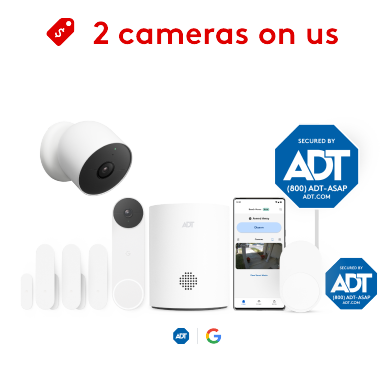
Credit: www.adt.com
Remote Monitoring Apps
Remote monitoring apps help you watch your home from anywhere. They connect to cameras and sensors to keep your home safe.
Using these apps, you can check live video and get updates on your phone or tablet. This adds convenience and peace of mind.
App Features To Consider
Not all remote monitoring apps have the same tools. Choose an app with the right features for your needs. Home Monitoring Options
Look for easy setup, good video quality, and strong security. These help you use the app well and keep your data safe.
- High-quality live video streaming
- Secure data encryption
- Multiple device support
- Easy installation and setup
- Cloud storage options
Real-time Alerts
Real-time alerts notify you of unusual activity right away. They help you react quickly to potential threats.
Alerts can come as push notifications, emails, or texts. Make sure the app sends alerts you can trust and customize.
- Instant push notifications
- Custom alert settings
- Motion and sound detection
- Alert history logs
User-friendly Interfaces
Apps with user-friendly interfaces are easy to use for all ages. Clear menus and simple controls make monitoring simple.
Look for apps with clean layouts and quick access to important features. This saves time and reduces frustration.
- Simple navigation menus
- Clear video display
- Quick access to live feed
- Easy settings adjustment
Environmental Sensors
Environmental sensors help you keep your home safe and comfortable. They detect changes in air, water, and temperature.
Using these sensors lets you react quickly to problems before they get worse. Home Monitoring Options
Smoke And Carbon Monoxide Detectors
Smoke detectors warn you about fire by sensing smoke in the air. Carbon monoxide detectors alert you to this dangerous gas.
Both devices save lives by giving early warnings. They often have alarms and connect to your phone for alerts.
Water Leak Sensors
Water leak sensors find leaks before damage happens. They detect water in places like basements or near pipes.
These sensors can send alerts to your phone. This helps you fix leaks fast and avoid costly repairs. Home Monitoring Options
- Placed near water heaters, sinks, and washing machines
- Works with smart home systems
- Battery-powered for easy installation
Temperature Monitoring
Temperature sensors track your home’s heat levels. They help keep rooms comfortable and protect pipes from freezing.
These sensors can adjust heating or cooling systems automatically. You can also get alerts if temperatures go too high or low.
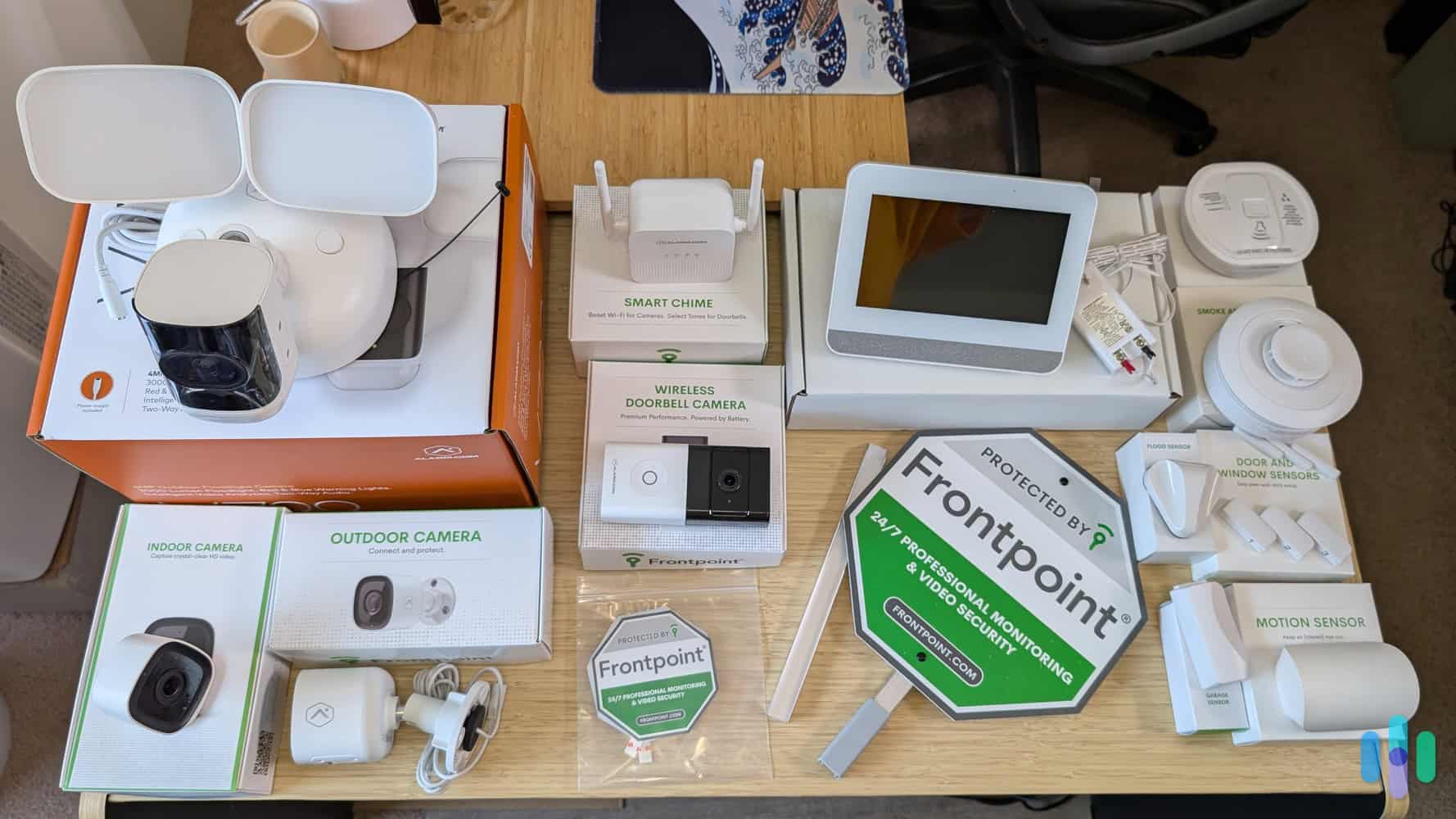
Credit: www.security.org
Choosing The Right System
Choosing a home monitoring system is important for your safety. The right system helps protect your home and family.
Consider your needs, budget, and how you want to install the system before buying.
Assessing Home Security Needs
Think about what you want to protect in your home. Some systems work better for large homes, others for small places.
Check if you need cameras, alarms, or motion sensors. Also, decide if you want remote access to your system. Home Monitoring Options
- Number of entry points to secure
- Type of threats you want to prevent
- Need for indoor and outdoor coverage
- Desire for smartphone alerts
Budget Considerations
Set a clear budget before choosing a system. Home monitoring systems vary in price. Home Monitoring Options
Remember to include costs for equipment, installation, and monthly fees if any. Home Monitoring Options
- Basic systems cost less but have fewer features
- Advanced systems may include video and smart home tools
- Some systems require monthly monitoring fees
- Look for any hidden or extra costs
Installation Options
Choose how you want to install your system. You can do it yourself or hire a professional.
DIY systems often use wireless devices and are easier to set up. Professional installation might be needed for wired systems.
- DIY installation saves money and is faster
- Professional installation ensures proper setup
- Check if system requires drilling or wiring
- Consider your comfort with technology and tools
Frequently Asked Questions
What Are The Best Home Monitoring Options Available?
Top home monitoring options include security cameras, motion sensors, smart doorbells, and alarm systems. Each offers unique features like real-time alerts, remote access, and easy installation. Choose based on your security needs, budget, and desired level of automation for effective home protection.
How Do Smart Home Monitoring Systems Work?
Smart home monitoring systems connect sensors and cameras to your smartphone via Wi-Fi. They detect motion, sound, or unusual activity and send instant alerts. Users can view live feeds, control devices remotely, and integrate with other smart home gadgets for comprehensive security and convenience. Home Monitoring Options
Are Wireless Home Monitoring Systems Reliable?
Yes, wireless home monitoring systems are reliable with strong Wi-Fi and good equipment. They offer easy installation and flexible placement. However, ensure your network is secure and stable to avoid signal interruptions and maintain consistent monitoring performance for your home.
Can Home Monitoring Reduce Insurance Premiums?
Many insurance companies offer discounts for homes with monitoring systems. These systems lower the risk of theft and damage. Check with your insurer to see if installing a home monitoring system can qualify you for reduced premiums and added financial protection.
Conclusion
Home monitoring options vary to suit different needs and budgets. Choose wisely. Consider factors like cost, ease of use, and features. Balance security with convenience. Ensure your choice fits your lifestyle. Smart technology can enhance safety. But it’s essential to understand its use.
Research and plan before committing. This way, you ensure the best protection. Peace of mind is invaluable. So, weigh your options carefully. Prioritize what matters most to your family. With the right system, you can feel secure. Your home deserves the best care.
22 min read

